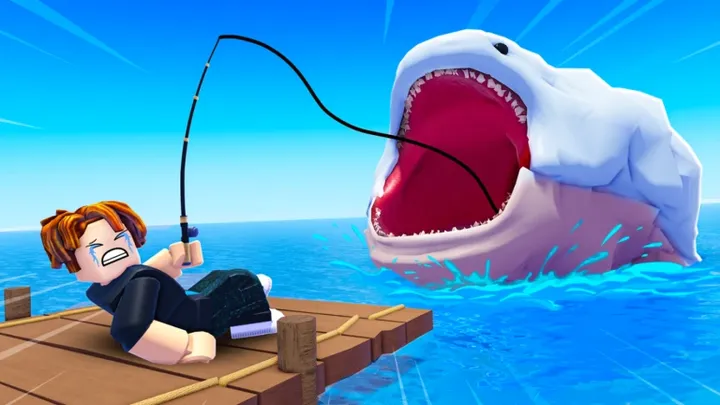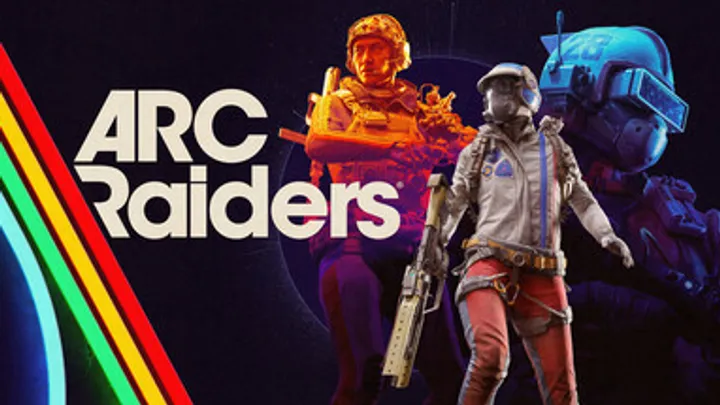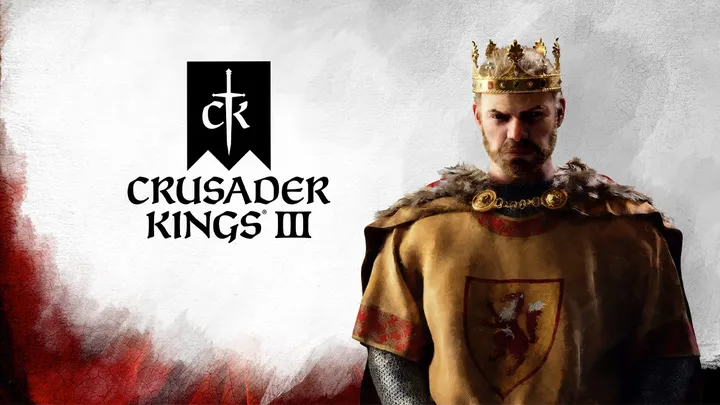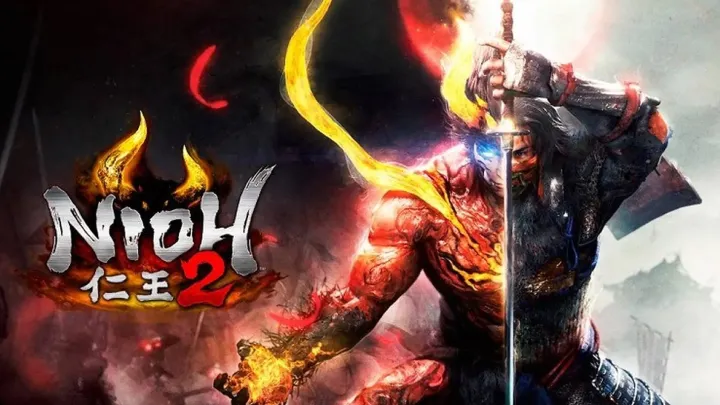Introduction
Teamfight Tactics (TFT), developed by Riot Games, is an auto-battler strategy game where players draft champions, form synergies, and position units on a board to outlast opponents. TFT combines strategic thinking, resource management, and adaptability to shifting game states. While it may seem overwhelming at first, understanding its core mechanics, timing, and tactics can drastically improve your win rate. This guide breaks down TFT into 10 phases with practical advice, covering every aspect from your first rounds to the late-game, including champion selection, economy management, positioning, and adaptation strategies.
1. Understanding the Basics: Champions, Traits, and Gold
Before jumping into a match, it’s essential to understand the core mechanics of TFT. Champions belong to specific traits (origins and classes) and cost varying amounts of gold, from 1 to 5. Combining champions of the same traits activates powerful bonuses, known as synergies, which can turn the tide of battle.
Gold is the main resource in TFT. You use it to purchase champions, level up your Little Legend, or refresh the shop. Smart gold management, including knowing when to spend and when to save, is the foundation of strategic play.
Key Takeaways
- Champions have cost, star level, and trait synergy
- Combine champions to activate powerful traits
- Gold management is crucial for economy control
- Early understanding avoids costly mistakes later
Pro Tip
Focus first on learning champion traits and basic synergies before chasing meta strategies. This knowledge forms the base of all advanced decision-making.
2. Early Game: Choosing Your Starting Board
The first rounds of TFT are crucial for establishing your economy and positioning. Early rounds are often PvE against neutral enemies, allowing you to build a foundation without high pressure. Picking a few 1-cost champions with complementary traits helps you start forming synergies while keeping costs low.
Placement is important: generally, tank units go in front to absorb damage, while damage dealers remain behind. Observe how early champions interact and plan for future synergies to maximize early round victories or minimize losses efficiently.
Early Game Tips
- Prioritize low-cost champions that fit your desired trait
- Position frontline units to absorb attacks
- Keep flexible: adapt to shop RNG and opponent boards
- Avoid overcommitting gold early; preserve economy
Important Concept
Early streaks (win or lose) generate extra gold bonuses — decide if you want to pursue a win streak or strategically lose to prepare for mid-game.
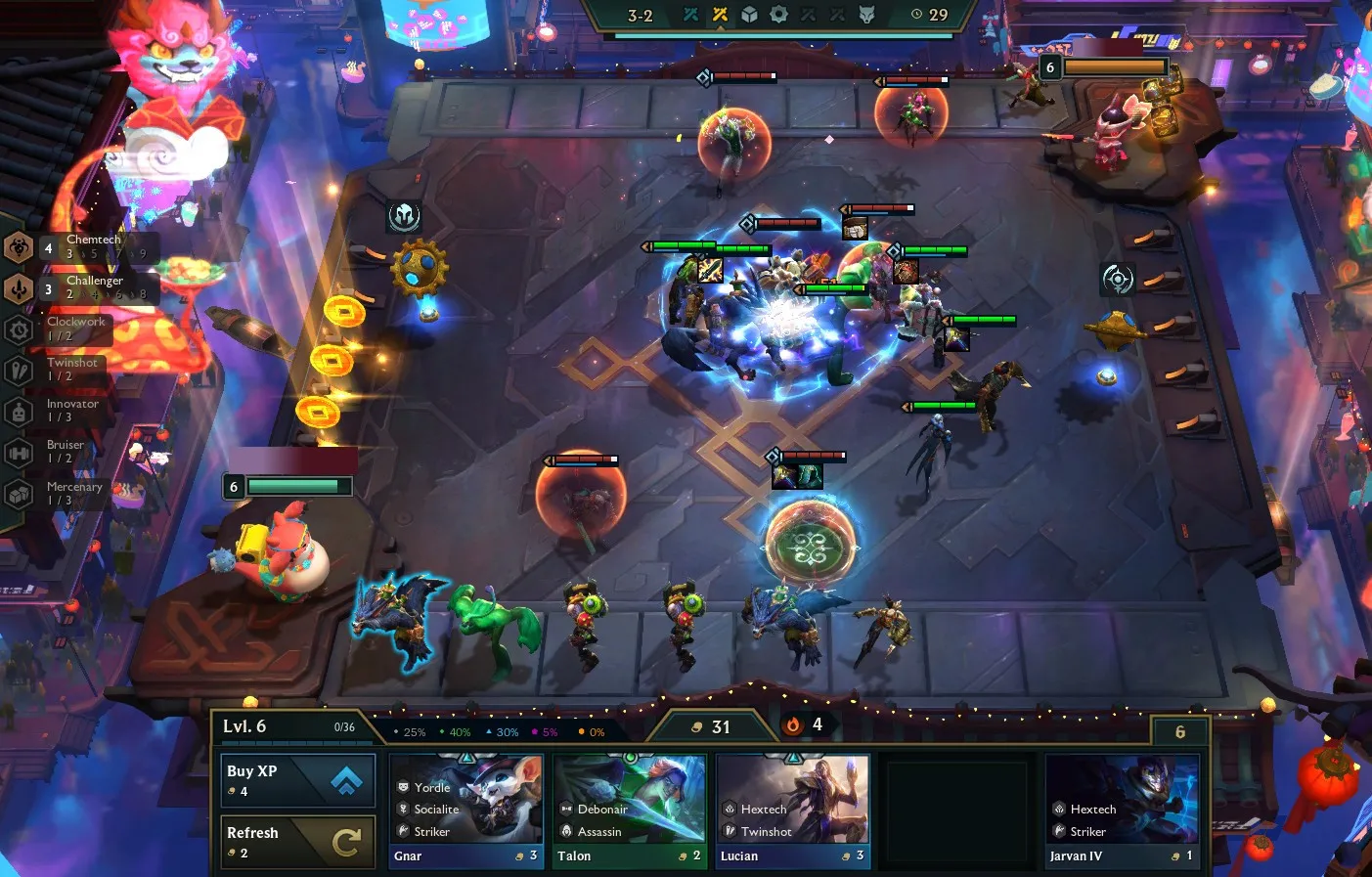
3. Mid-Game Economy: When to Level Up and Roll
By mid-game, you’ll need to balance leveling your Little Legend and deciding when to roll for higher-tier champions. The mid-game (rounds 3-5) is where your decisions on economy dictate your late-game options. Rolling too much can deplete your gold, leaving you under-leveled; holding too much may reduce your board strength.
Understanding “interest” is critical: you gain extra gold each round based on your saved gold, up to +5 per round. This encourages strategic saving while maintaining enough board strength to survive rounds.
Mid-Game Checklist
- Keep track of your gold for maximum interest
- Roll strategically at breakpoints (level 4, 5)
- Maintain adaptable synergies; don’t force one prematurely
- Monitor opponents’ boards for counter opportunities
Tip
Track shared champion usage in the lobby — avoid investing heavily in contested champions early.
4. Champion Upgrades: Star Levels and Combos
Combining multiple copies of the same champion upgrades their star level: 3 x 1-cost champions create a 2-star unit, 3 x 2-star create a 3-star unit. Star levels greatly increase stats and abilities. Prioritize upgrading champions that synergize with your core strategy and are central to your composition.
In addition, items can amplify a champion’s effectiveness. Some items are situational, others core to your comp. Learn which items fit which champions and plan combinations accordingly.
Key Notes
- Upgrade champions strategically; don’t waste resources
- Core champions should get priority items
- Synergies grow stronger as champions level up
- Track RNG to plan for 3-star targets
Pro Tip
Even a single 2-star champion in a pivotal position can turn mid-game rounds in your favor.
5. Positioning: Frontline, Backline, and Protecting Carries
Positioning is a major factor in TFT. Proper placement determines which champions absorb damage, which get attacked first, and how abilities are used. Frontline tanks should intercept enemies, while backline damage carries are shielded or placed in corners.
Counter-positioning is essential against AoE-heavy compositions. Placing your units incorrectly can lead to devastating losses even with strong champions.
Positioning Checklist
- Frontline absorbs initial damage
- Backline is protected and deals damage
- Corner carries to prevent flanks
- Adjust based on scouting opponents’ formations
Advanced Tip
Reposition each round if necessary. Use in-game preview to anticipate AoE abilities and plan around them.

6. Trait Synergies: Building Effective Team Compositions
Traits provide bonuses that can amplify your champions’ power. Examples include “Sorcerer” for magic damage or “Knight” for damage reduction. Combining complementary traits creates exponential effects, so building around synergies is essential.
Do not overcommit early: plan a mid-game composition while keeping flexible options open to pivot if needed.
Core Synergy Tips
- Identify 2-3 main synergies early
- Pivot if opponent counters your strategy
- Include utility champions for crowd control or healing
Pro Advice
Knowing all traits and how they interact allows smarter pivot decisions and counters against opponents’ compositions.
7. Itemization: How to Optimize Equipment
Items in TFT modify champion stats and abilities. Understanding which items are core to your comp ensures your carries shine. For example, a “Bloodthirster” on a melee carry can drastically improve sustain, while “Rabadon’s Deathcap” boosts spell damage for mages.
Components can combine to make stronger items. Strategic planning ensures your best items go to the champions that will utilize them most effectively, avoiding wasted investment.
Item Tips
- Prioritize core carry items
- Don’t overstack on low-impact champions
- Adapt based on opponent composition
- Keep components for late-game flexibility
Pro Tip
Items can sometimes make or break a late-game round; plan ahead based on your champions’ ability scaling.
8. Late-Game: Pivoting and Scouting Opponents
In the late game (rounds 6-9), decisions become critical. Pivoting to a more effective composition may be necessary if your initial plan is blocked by RNG or opponent competition. Scout other players’ boards and adjust your strategy accordingly.
Late-game leveling allows access to 4- and 5-cost champions. Save gold strategically to roll at these key levels, and ensure your board is optimized with the strongest possible units.
Late-Game Strategy
- Monitor remaining players for contested champions
- Roll for key units when appropriate
- Upgrade carries with both stars and items
- Adjust positioning to counter dominant threats
Tip
Patience is crucial: do not commit prematurely. Evaluate the board each round.
9. Adapting to Meta and Patch Changes
TFT is constantly updated, with changes to champion stats, traits, and items. Staying current with the meta improves decision-making. Follow patch notes and community tier lists to understand which comps are strong and which are weak in the current patch.
Flexibility is key: avoid rigidly chasing one composition if meta shifts or RNG makes it impractical.
Meta Adaptation Tips
- Track patch notes and champion buffs/nerfs
- Learn which comps are strong and can counter others
- Practice multiple comps to stay flexible
- Adjust strategy mid-game if necessary
Pro Advice
A flexible player consistently outperforms someone blindly following past strategies.
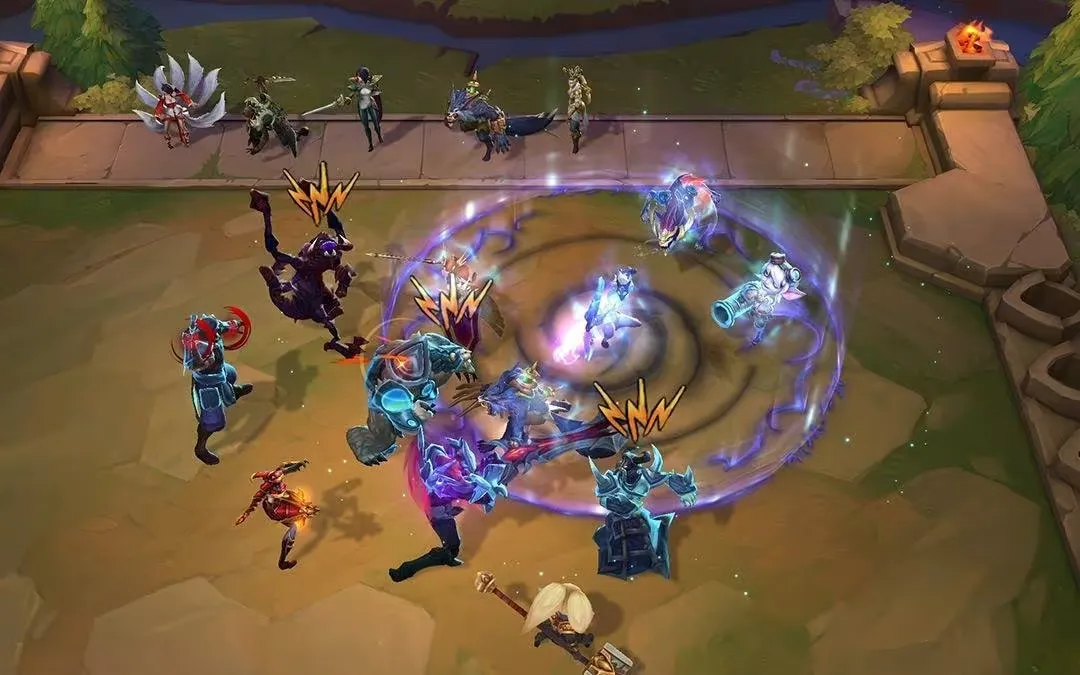
10. Mindset, Practice, and Continuous Improvement
Finally, the right mindset is critical for long-term improvement. TFT is partially RNG-driven, so losses are opportunities to learn rather than failures. Analyze what went wrong, adjust positioning, itemization, and composition strategies, and keep playing to refine your decision-making.
Regular practice, studying replays, and learning from higher-ranked players accelerates improvement. Keep a growth mindset and focus on mastering key concepts rather than just chasing wins.
Improvement Checklist
- Review losses and understand mistakes
- Experiment with different compositions
- Warm-up with quick practice rounds
- Track progress over time
Pro Advice
Focus on process improvement rather than only results; consistent growth leads to better performance in the long run.
Conclusion
Mastering Teamfight Tactics requires understanding champions, synergies, items, and positioning. From early rounds to late-game pivoting, strategic gold management and adaptation to meta changes are essential. By following this 10-step guide, players can systematically improve, make better decisions, and consistently climb the ranks while enjoying TFT’s deep strategic gameplay.



